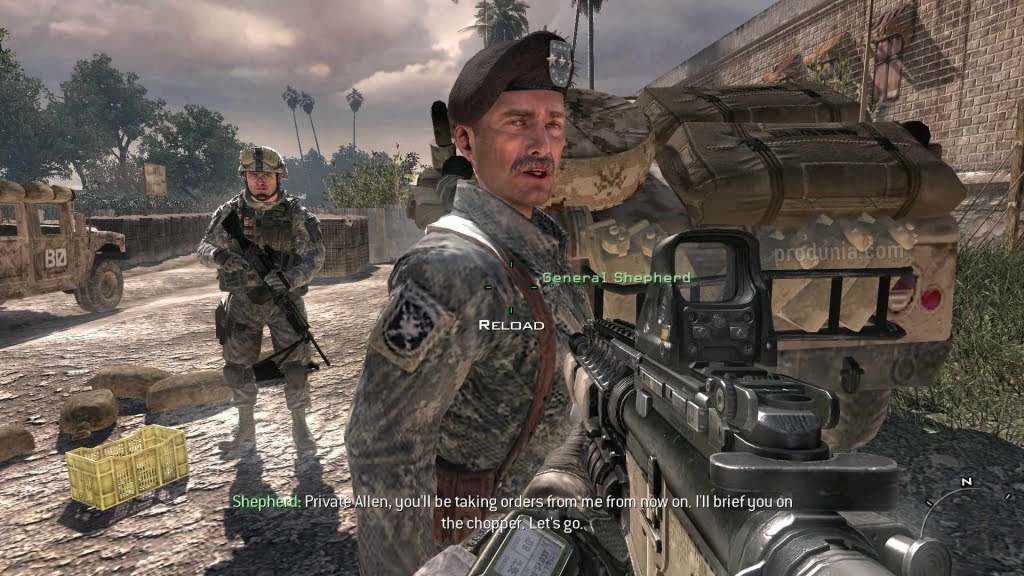
The first phase of the Cold War began shortly after the end of World War II in 1945. As nearly all the colonial states achieved independence in the period from 1945 to 1960, many became Third World battlefields in the Cold War. The US government supported anti-communist and right-wing governments and uprisings across the world, while the Soviet government funded left-wing parties and revolutions around the world. The Soviet Union had a command economy and installed similarly totalitarian regimes in its satellite states.

The Eastern Bloc was led by the Soviet Union and its Communist Party, which had an influence across the Second World and was also tied to a network of authoritarian states. The Western Bloc was led by the United States as well as a number of other First World nations that were generally liberal democratic but tied to a network of often Third World authoritarian states, most of which were the European powers' former colonies. Aside from the nuclear arsenal development and conventional military deployment, the struggle for dominance was expressed via indirect means such as psychological warfare, propaganda campaigns, espionage, far-reaching embargoes, rivalry at sports events, and technological competitions such as the Space Race. The conflict was based on the ideological and geopolitical struggle for global influence by these two superpowers, following their temporary alliance and victory against Nazi Germany and Imperial Japan in 1945.


The term cold war is used because there was no large-scale fighting directly between the two superpowers, but they each supported opposing sides in major regional conflicts known as proxy wars. The Cold War was a period of geopolitical tension between the United States and the Soviet Union and their respective allies, the Western Bloc and the Eastern Bloc.


 0 kommentar(er)
0 kommentar(er)
